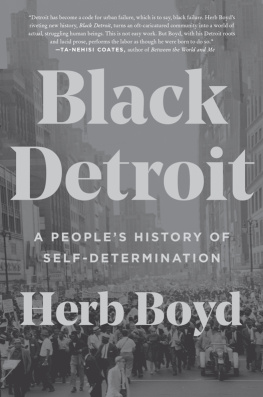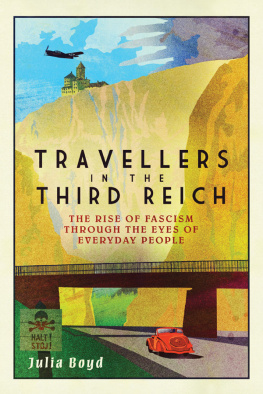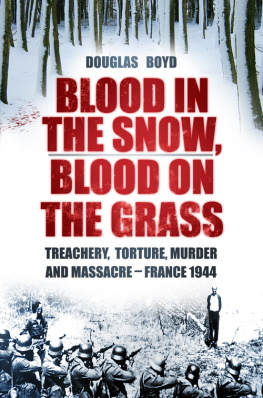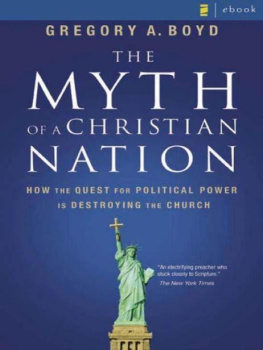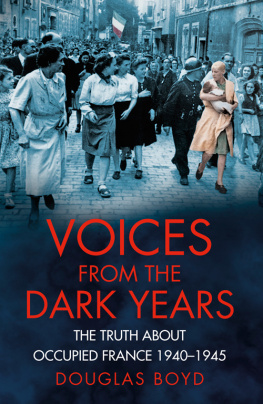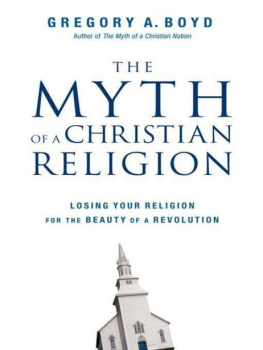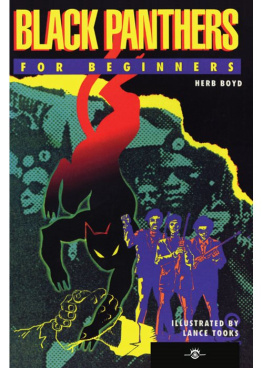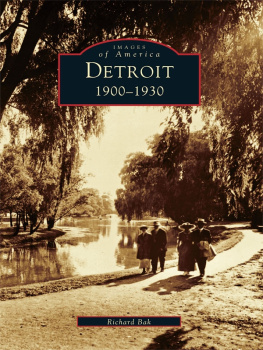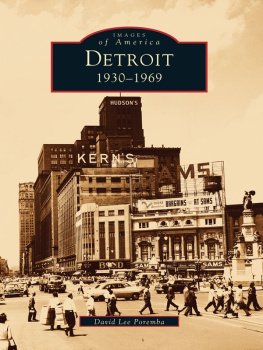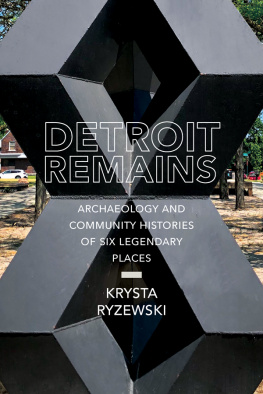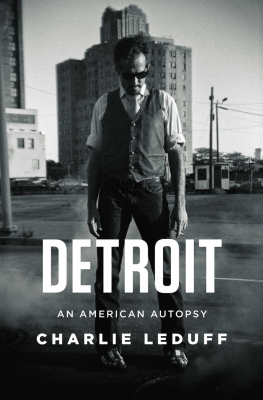By Rev. Dr. JoAnn Watson
Detroit was barely a century old when African American fugitives fleeing bondage began arriving from the South. By the 1830s, a considerable number had settled in Detroit.
Thornton and Ruthie Blackburn had ingeniously freed themselves from captivity in Louisville, Kentucky. The attempts to capture them and return them to their slave owners was met with serious resistance by the citys growing abolitionist movement. At the forefront of this movement were black stalwarts such as William Lambert, George DeBaptiste, and William Webb, joined by a coterie of white supporters.
Securing the safety of the Blackburns and facilitating their flight to Canada was not done without violence and turmoil, sparking the citys first racial disturbance. Herb probes this incident with precision, noting in the aftermath of the riot the stabilizing forces that would be a beacon to others seeking refuge from bondage.
From this antislavery foundation, the fight for black self-determination remained evident during the Civil War when African American soldiers from the city were among the first to be deployed as units against the Confederates. A plaque in downtown Detroit commemorates the members of the First Colored Regiment, many of whom died bravely on the battlefield in South Carolina. Other returning veterans would be among the formidable civic leaders fomenting an emerging black middle class after the war.
In its treatment of the Gilded Age, Black Detroit shows how such social and cultural mavens as Azalia Hackley, Fannie Richards, and members of the Pelham family placed their stamp on other aspects of self-determination, whether in the arts, education, or journalism. Gaining a foothold in business, as the Pelham family did, cannot be excluded in a discussion of black Detroiters and their push for self-reliance and independence. Black Detroit also showcases that same striving for self-determination in the world of entertainment, as well as through the remarkable accomplishments of such inventors as Elijah McCoy, the real McCoy.
The vitality of that age is extended into the new century, and we witness the role of the citys African American population in the shaping of manufacturing, working as stevedores on the waterfront, in the foundries, or on the assembly line of the nascent automobile industry. When the Great Migration gathered steam, Detroit was a focal point, and the arrival of countless numbers of migrants was the social engine that gave rise to the National Urban League. Black Detroit astutely recounts the pivotal role played by such social engineers of that organization as John Dancy and Forrester Washington. It was instructive to learn that they were also key figures in the anti-discrimination quest in employment and during the housing turbulence of the 1920s, being particularly forthright in their defense of Ossian Sweet and his family in the trials and tribulation they endured integrating a neighborhood on the citys east side. The Sweet familys insurgency was indicative of the black residents determination to break the chain of the restrictive covenant that bound them in Black Bottom and Paradise Valley.
Black resilience in Detroit was never more decisive than during the Great Depression, and Black Detroit charts the rise of black workers during this time when they emerged as more than just rank-and-file members of the automotive unions. Horace Sheffield, Buddy Battle, Marc Stepp, and Chris Alston are just a few of the union activists highlighted in the book. They would be the nucleus of the next generation of labor leaders, with none more prominent and unforgettable than Coleman Young. Black workers were at the point of production when Detroit was known globally as the arsenal of democracy, and some of that same leadership before World War II was instrumental in the political breakthroughs that occurred in the fifties and sixties.
Although the civil rights movement is best noted for the marches in the South, Detroit and its activist community are not ignored here, and Boyd cites the march in the city in 1963 as a precursor of the March on Washington weeks later. The hue and cry for jobs and justice during that historic march found its first iteration in Detroit, with the Rev. C. L. Franklin among the drum majors.
I was impressed to see that my mentor Reparations Ray Jenkins was mentioned because he was among the prime movers and indomitable forces in the struggle for reparations.
Throughout Detroits history, black Detroiters have been ever vigilant when it comes to overzealous police, and the successful fight against STRESS (Stop the Robberies and Enjoy Safe Streets) was emblematic of that resolve. Coleman Youngs election as the citys first black mayor was exemplary of the ongoing efforts of black self-determination. At the same time the brutal excessiveness of the police was being stifled, activists on the campuses and in the factories came together and created a critical mass that evolved into the League of Revolutionary Black Workers; this story is one that Black Detroit discusses with unique insight.
In fact, from this moment on, whether describing the music of Motown, the political formations of the late sixties, advocacy for reparations, or analyzing the subsequent setbacks of the seventies, Black Detroit is an unswerving witness. This tome is impeccably researched and shows that Herb Boyd knows where all the bodies are buried. Black Detroit is a unique blend of social, political, and economic urban history. Many of the works recollections are similar to my own. As such, in many ways, this is my story, and I am sure that many Detroiters, black and white, will feel the same.
Rev. Dr. JoAnn Watson
Professor, Wayne County Community College District
Associate Pastor, West Side Unity Church
Radio-TV Host, Wake Up Detroit!
A t four years old and only a few hours removed from a peanut farm and cotton patch outside of Tuskegee, Alabama, I was terrified riding a train for the first time. I clutched my mothers hand and shook with fear, not knowing what to make of the huge metallic beast with steam shooting from the engine, making a noise like a bull elephant. My anxiety began the moment a man in a blue uniform yelled, All aboard. The train gradually gained momentum, and my nerves settled down as I watched the Alabama landscape riffle by like a deck of cards. When my eyes werent following the passing scenes outside the trains window, they were locked on my new traveling shoes, still somewhat uncomfortable for someone accustomed to being barefoot. My mother told my brother and me that the train would be taking us to our new home.
We were part of a great migration of African Americans leaving the South. We were representative of those who were fleeing the multitude of Jim Crow restrictions, the inequality of sharecropping, and the terror of the Ku Klux Klan and other night riders. There was chatter and excitement from the other black travelers. The buzz overheard was no more comprehensible than the evening sounds of the crickets and cicadas that I heard back home.
Were in Detroit, my mother exclaimed as she awakened us, wiped our faces, and collected and packed away a few items in our cardboard suitcase.
It was 1943. Michigan Central Station was a grand room with chandeliers suspended from the ceiling. The light from the morning sun beaming through the big windows was almost blinding. There were more people moving about than I had ever seen in one place. In the station were men and women dressed in military uniforms. Charles, my brother, was particularly fascinated by them and repeatedly had to be pulled away from the attraction.

